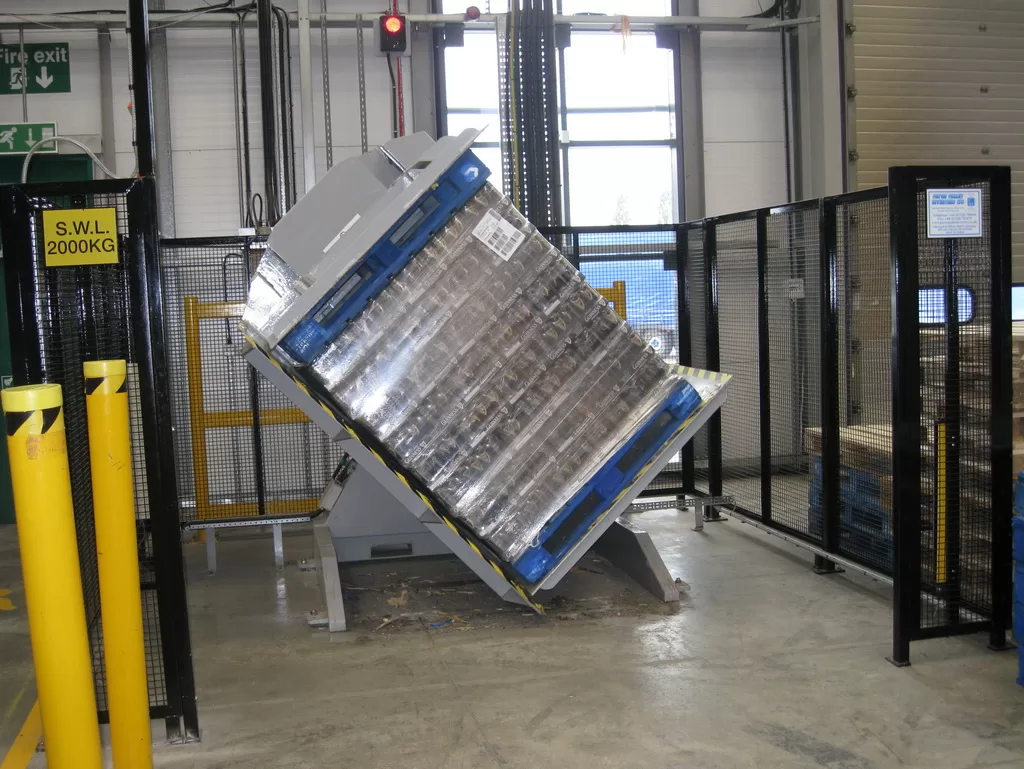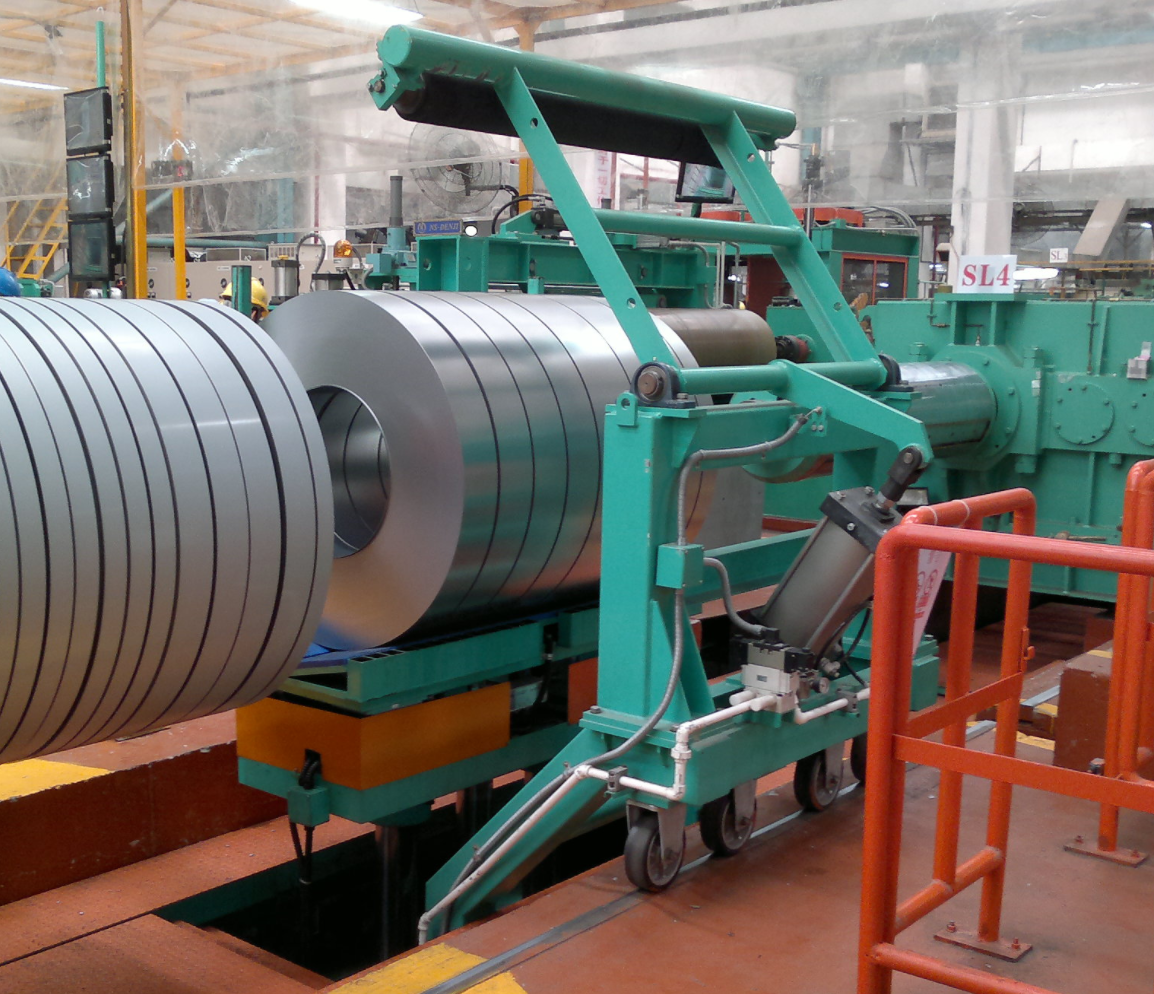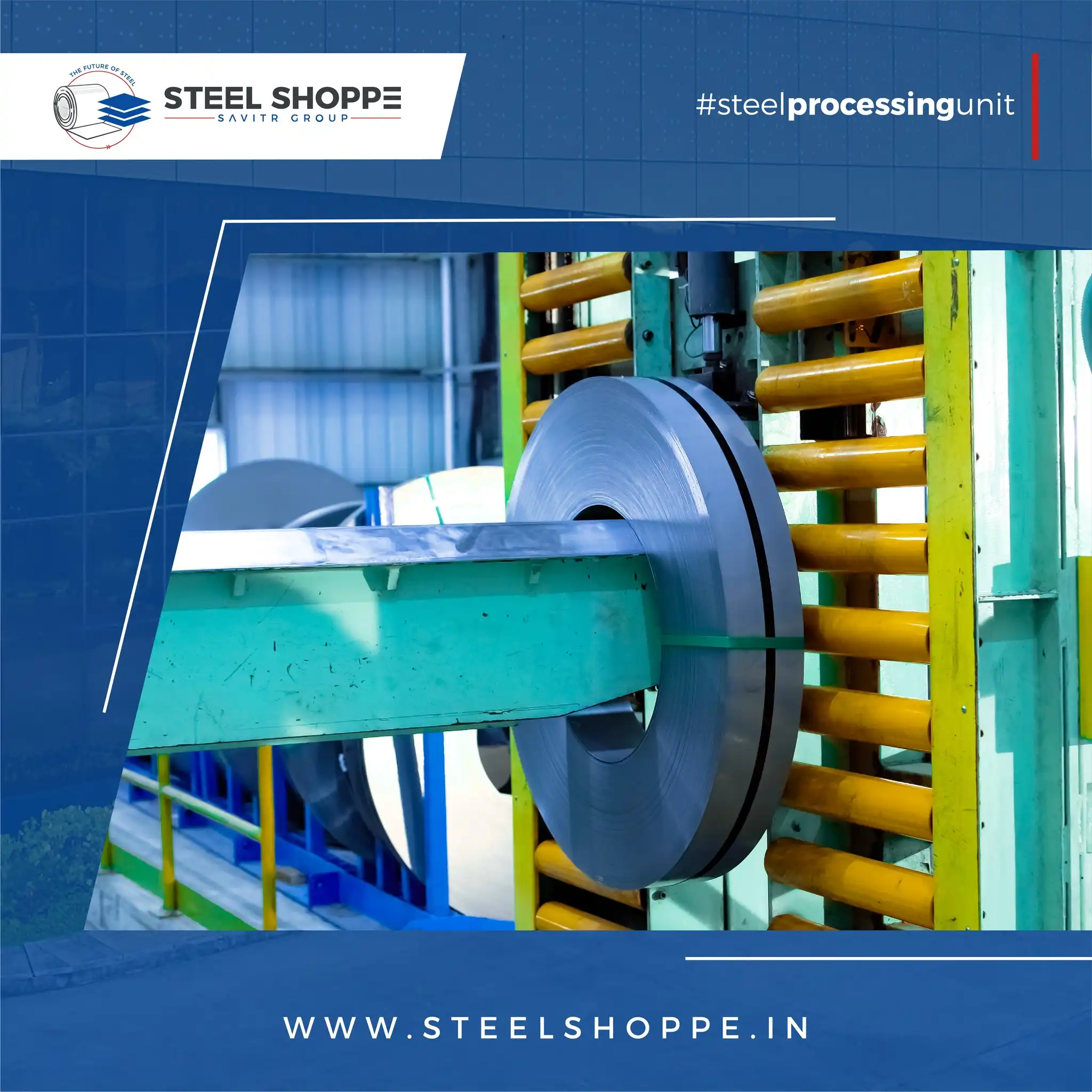Maintaining your steel coil upender is crucial for efficiency and safety in industrial settings. Without regular care, even the best machinery loses its edge. Delays, accidents, and costly repairs can soon follow. Discover how simple, routine maintenance keeps your operations smooth and your upender performing optimally at all times.
Regular maintenance of your steel coil upender ensures its longevity and peak performance while minimizing downtime. Regular inspections can detect early wear and tear, which prevents unexpected failures. Additionally, maintenance enhances efficiency, reduces potential safety hazards, and lowers repair costs. Stick to a routine maintenance schedule to maximize your machinery’s operational life.

Understanding the importance of upkeep isn’t just about maintaining machinery—it’s about sustaining business operations. Neglect can turn minor hitch into a significant disruption. For an operation that relies heavily on safe handling, consistent upkeep is non-negotiable. Learn why preventive care is both an investment and a safeguard against unexpected breakdowns.
1. Why Is Regular Maintenance Important for Steel Coil Upenders?
Neglecting your coil upender is a costly oversight. Faulty equipment disrupts precision and safety, potentially leading to accidents. Assuring good condition is key for risk reduction. Regular maintenance is the simplest way to preserve machinery quality, prevent high repair bills, and guarantee dependable performance in your production line.
Regular maintenance minimizes risk factors that compromise safety and efficiency in coil handling. It enables detection and repair of mechanical wear before causing breakdowns. Timely interventions preserve machine value and smooth operations, significantly reducing the risk of accidents. Hence, prioritizing maintenance is crucial for any production environment handling heavy coils.
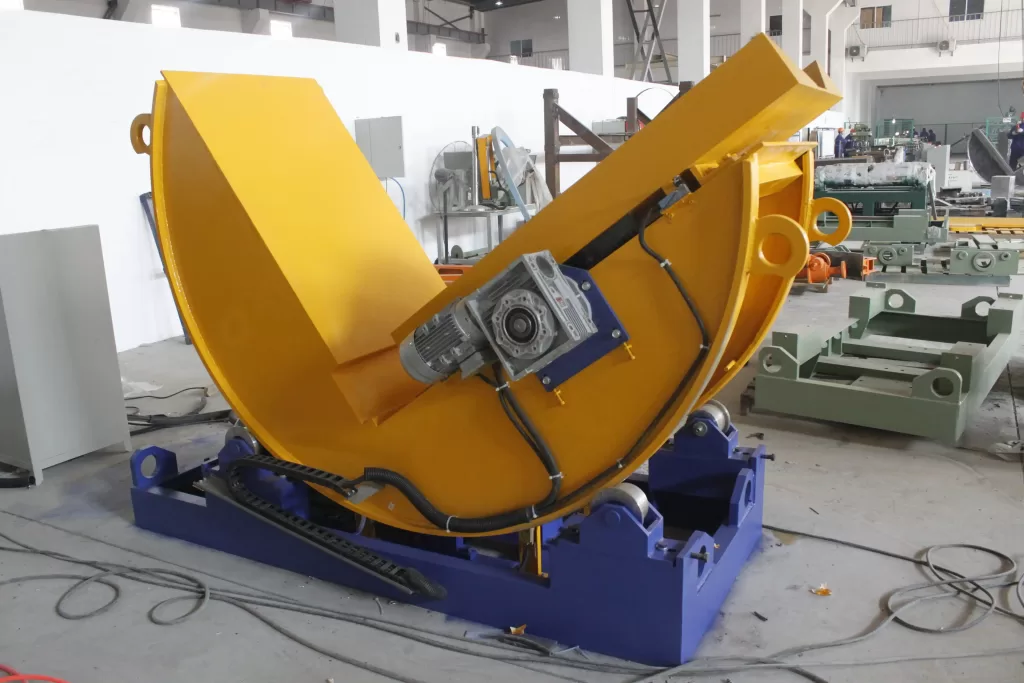
Unpacking the Maintenance Necessity
Understanding why regular maintenance is essential requires a closer look at what’s at stake when it’s neglected. Each machine component plays a role in its overall functionality. Absent maintenance oversights result in unnecessary strain on these components. Here’s a breakdown:
| Component | Potential Issue | Preventive Maintenance |
|---|---|---|
| Bearings | Wear and tear from rotation | Regular lubrication checks |
| Electrical systems | Short circuits and failures | Inspection of wiring integrity |
| Safety guards | Misalignment affecting safety | Realignment and tightening |
| Motors | Overheating and burnout | Temperature checks and cleanings |
Routine checks can forestall these scenarios. During my career, I’ve observed numerous cases where companies cut corners, ignoring maintenance only to later face production halts and costly repairs. This diligence saves more than it costs. It’s not just a technical necessity; it’s crucial for operational consistency and financial prudence whose value can’t be overstated. Staying proactive with coil upender maintenance secures peace of mind and a dependable production line.
2. What Are Key Maintenance Practices to Extend the Life of Your Upender?
Keeping your steel coil upender in top shape demands regular attention, but the rewards are worth it—extended lifespan and peak performance. As a busy professional in this industry, understanding effective maintenance helps you ensure that every component is operating smoothly, minimizing downtime and maximizing output.
To extend the life of your steel coil upender, it’s essential to adopt a comprehensive maintenance routine. This includes daily inspection for obvious wear, weekly lubrication of moving parts, and monthly checks for proper alignment. Pay special attention to critical areas like hydraulic systems, bearings, and control panels.
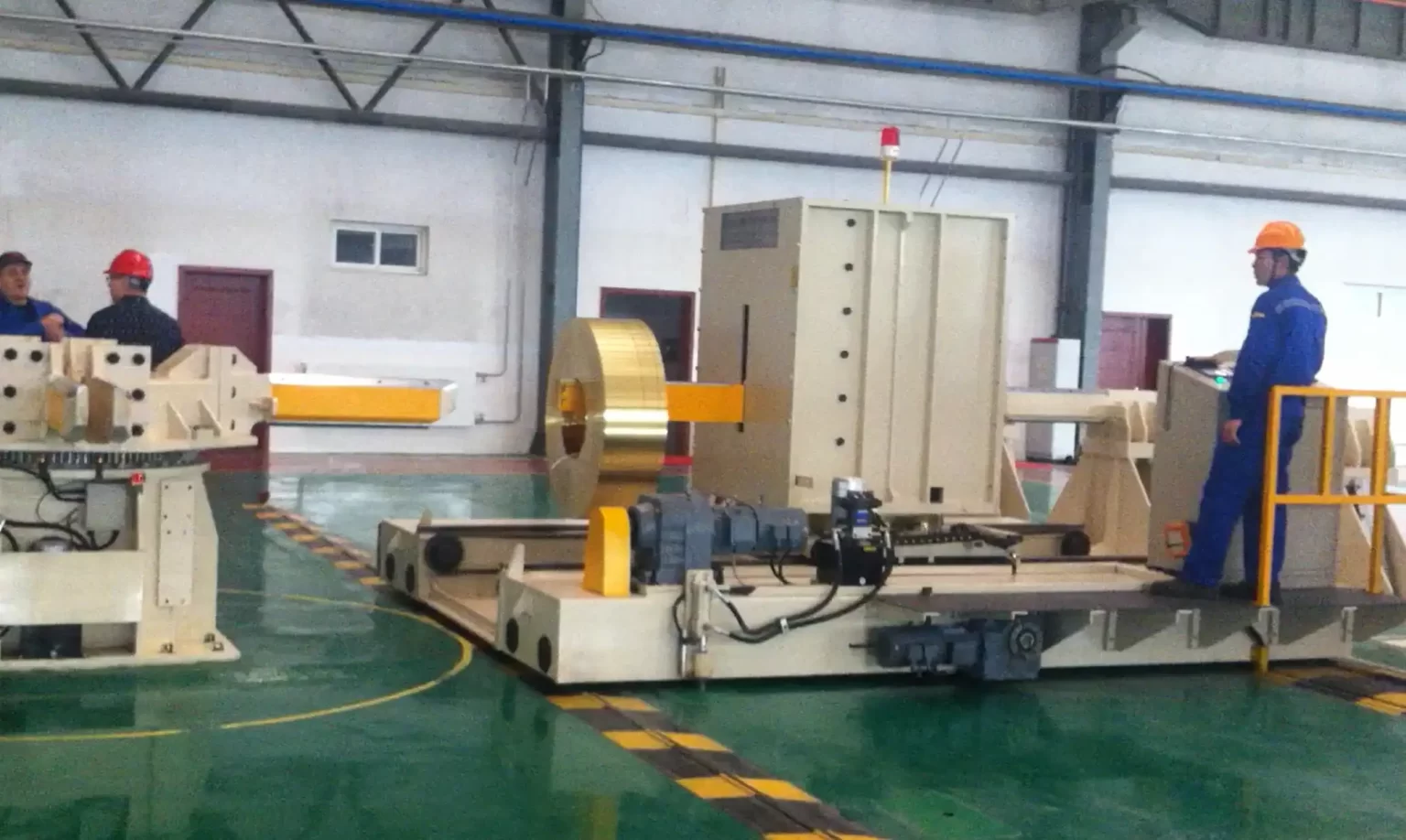
Daily, Weekly, and Monthly Maintenance Tasks
Having a structured maintenance plan is critical, considering the complexity and the demands placed on a steel coil upender. Here’s how to break it down effectively:
| Task Frequency | Maintenance Task | Critical Focus Areas |
|---|---|---|
| Daily | Visual Inspections | Check for visible wear and tear, listen for unusual noises. |
| Weekly | Lubrication | Apply recommended lubricants to moving parts. |
| Monthly | Alignment and Wear Check | Ensure all parts are aligned and check hydraulic systems. |
Understanding the rationale behind each task can help prioritize effort. For instance, daily visual inspections allow for immediate identification of potential issues before they escalate. This proactive approach reduces downtime significantly. Weekly lubrication ensures smooth operation, mitigating the risks of mechanical breakdown. Monthly tasks are more thorough, reaffirming the integrity of the machine’s core systems and structures.
It’s clear from both data and anecdotal evidence from my experience that diligent maintenance extends machinery life. Ignoring these practices could lead to costly repairs or replacements, disrupting production schedules and impacting profitability. Investing in a robust maintenance routine isn’t just advisable—it’s essential for anyone serious about sustaining operational efficiency through enhanced equipment longevity.
3. How Can You Optimize the Performance of Your Steel Coil Upender?
When it comes to optimizing upender performance, precision and proactive planning play pivotal roles. In my 40 years of engineering and industrial experience, I’ve learned that neglect is costly. A finely tuned upender is a productivity powerhouse, translating into consistent workflow and reduced operational hiccups.
Optimizing the performance of your steel coil upender begins with regular calibration and thorough operator training. Using quality parts is essential for maintaining high efficiency levels. Monitor performance closely and troubleshoot issues quickly to ensure the machinery delivers optimal results consistently.
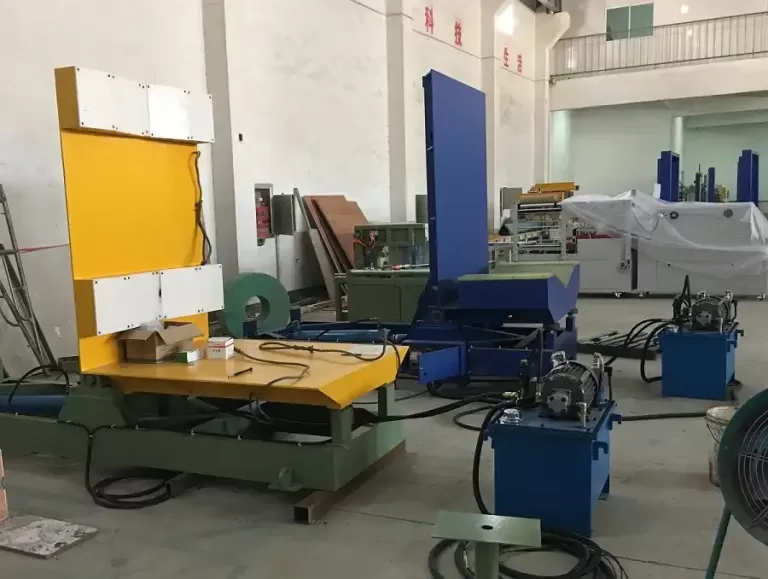
Key Strategies to Enhance Efficiency
A balanced approach to upender performance hinges on several crucial strategies. Here’s a strategic overview:
| Strategy | Objective | Implementation Detail |
|---|---|---|
| Calibration | Ensure accurate performance | Regularly check and adjust settings to match operational needs. |
| Operator Training | Maximize safety and efficiency | Conduct regular training workshops to keep the team updated on best practices. |
| Quality Parts | Maintain machine integrity | Use OEM or premium quality parts to replace worn components. |
Regular calibration addresses minor discrepancies that build up over time, ensuring the upender’s precision remains unimpaired. Operator training, too often underestimated, equips staff with the knowledge to handle equipment correctly, reducing error rates and prolonging lifespan.
Investing in quality parts might appear costly upfront, but the benefits—reliable performance and fewer breakdowns—justify the expense. As someone who’s seen both the pitfalls of neglect and the advantages of proactive strategies, I could make the case that true optimization is a mind shift toward strategic investment in time, training, and technology. This approach doesn’t just solve problems; it prevents them, ultimately leading to uninterrupted productivity and financial savings.
Conclusion
Keeping your steel coil upender in top condition is crucial for maximizing performance and longevity. Following these expert maintenance tips ensures your machinery operates efficiently and reliably. By adopting these strategies, you save on time and costs, allowing your operations to progress smoothly and sustainably.
Keeping your steel coil upender in top condition is crucial for maximizing performance and longevity. Following these expert maintenance tips ensures your machinery operates efficiently and reliably.


